 By:
Gaston
By:
Gaston
In recent years, there has been an increase in the popularity of cannabis concentrates. These products are made by extracting cannabinoids and other compounds from cannabis flowers. One type of cannabis concentrate that has become popular is charas. Charas is a type of hashish that is made by hand-rubbing the resin from the weed plant. Hash, on the other hand, is a concentrated form of cannabis that is made by separating the trichomes from the plant material and pressing them into a block. When it comes to hashish vs charas, both can be used in a variety of ways, including smoking, vaporizing, and cooking.
Hash is a type of cannabis that is made from the female cannabis plant. The plant produces trichomes, which contain THC, the substance that gets you high. Hash is a very pure form of THC. Hash, also known as hashish, is a form of cannabis concentrate that is made by separating the trichomes from the live cannabis flowers. Trichomes are the small, sticky crystals that cover the flower and contain its active ingredients, including THC and CBD.
When discussing hashish vs charas, hashish is generally processed from dried plant material, unlike charas, which is made from live plants. Hash can be smoked on its own or mixed with cannabis buds to create a more potent smoking experience. It is also a popular ingredient in edibles and other cannabis products.
Hash has a long history of use in many cultures around the world, and it remains a popular choice among pot users today. This historical relevance is another key element when comparing hashish vs charas in both preparation and cultural context.
Charas is a cannabis concentrate that is made from the extracted resin of the Cannabis plant. It is made by hand, using a process that involves rubbing the marijuana resin from the cannabis plant onto the palms. It is typically sold in the form of a small, compacted ball known as a charas ball. Charas has a long history of use throughout the Himalayas in Northern India. These very powerful cannabis concentrates are traditionally used to praise the lord Shiva. Today, it’s enjoyed by people all over the world for their euphoric and relaxing effects.
When looking at hashish vs charas, one key difference is the method of extraction: charas is made from live plants, while hashish is made from dried ones. A charas ball is usually smoked in a pipe called a chillum or mixed with tobacco and smoked in a joint.
The flower’s resin is also used to make hashish. However, charas is a lot rarer than hashish and is only found in certain parts of the world. For this reason, it is often more expensive. As the curiosity around hashish vs charas grows in Western countries, more users are eager to experience the distinct effects and cultural traditions surrounding each, although available in many places in India, is generally produced in only a few regions, such as the Parvati Valley and Kashmir. In these areas, cannabis plants grow abundantly at the base of the Himalayas and are often collected by type-hunters, breeders, and other lovers of the cannabis culture. The Parvati Valley is especially renowned for its Malana Cream. This type of hashish is highly sought-after for its special aroma, flavor, and high THC content.
When comparing hashish vs charas, Malana Cream stands out as a prime example of traditional hashish, in contrast to the hand-rubbed charas made from live plants. Understanding these nuances helps highlight the cultural and production differences between the two.
Hashish can be traced back to the 12th century in present-day Syria, where it was mentioned in a medical text by an Arabian physician. The text described the psychoactive effects of hashish and how it could be used to treat a variety of ailments. By the 13th century, hashish was being consumed throughout the Arab world. It later spread to Europe and Africa, where it became increasingly popular among artists and intellectuals. Understanding this history deepens the appreciation for the ongoing comparison of hashish vs charas, both of which have traveled different paths to global recognition.
Malana cream, although available in many places in India, is generally produced in only a few regions, such as the Parvati Valley and Kashmir. In these areas, cannabis plants grow abundantly at the base of the Himalayas and are often collected by type-hunters, breeders, and other lovers of the cannabis culture. The Parvati Valley is especially renowned for its Malana Cream. This type of hashish is highly sought-after for its special aroma, flavor, and high THC content.
When comparing hashish vs charas, Malana Cream stands out as a prime example of traditional hashish, in contrast to the hand-rubbed charas made from live plants. Understanding these nuances helps highlight the cultural and production differences between the two.
Although hashish can be made in a variety of ways, this is one of the easiest:
First, you will need to collect all the dried plant material with trichomes on it, that you will use in the process. To extract the trichomes from your cannabis plant, you will need to start by separating them from the plant. This can be done by sifting your trim waste or plant parts through a sieve. Doing this will allow the trichomes to fall through, while the waste is left behind. Make sure that the surface where the trichomes fall is clean so that they can be easily collected. If you sift for too long, more and more leaves will end up in the final product, which will lower the quality of the hash. So don’t strain for longer than necessary.
To collect the trichomes (THC powder), scrape them together and pack them in a piece of plastic. Press the trichomes in the plastic together. Make sure that it is packed tightly, pressing it firmly. This will create a compact and hard package.
After that, let your piece of hashish dry. Doing this will help improve the taste and texture of your hash. Understanding this simple method is also useful when comparing traditional concentrates like hashish vs charas, especially since charas involves hand-rubbing live plants, while hashish is typically made from dried material. The contrast in their production methods is one of the most distinctive aspects of hashish vs charas discussions among cannabis enthusiasts.
Charas is a type of hashish made from the resin of cannabis plants. The resin is collected from the plant’s flowers and leaves, then kneaded into a dough-like consistency and shaped into balls or logs. It has a strong, pungent smell and an earthy, hash-like taste. When exploring hashish vs charas, one key distinction lies in the production method—charas is made from live cannabis plants, whereas hashish typically comes from dried material. This ancient technique reflects the cultural heritage and spiritual roots of charas.
If you’re diving into the world of hashish vs charas, learning how to make your own charas is a hands-on way to understand their differences. This method not only enhances your appreciation for the resin-based traditions but also brings clarity to the hashish vs charas contrast in terms of texture and potency.
Now that you’ve made your charas, it’s time to enjoy it. The most traditional way to consume charas is through a chillum, but you can also roll it into a joint or blunt with tobacco. You can also smoke it through a regular pipe or bong, or vaporize it in a dab rig. Remember, start slowly when trying any new cannabis product. If you’re exploring hashish vs charas for the first time, you’ll notice differences in texture and strength when smoking.
By using a chillum you can smoke charas the traditional way, usually, you take a small pipe made out of clay and fill this with the little hashish balls. You can form a ball of clay into a filter and wrap it in cotton. This will help to tone down any rough flavors and make the smoke experience more pleasant.
When you inhale charas from a chillum, it is important to use a small amount of the substance as it is very potent. To prepare the chillum, pack the bowl with a small amount of hashish and then place it over the pipe. Gently heat the chillum until the hashish begins to smoke. Once the hashish is smoking, inhale deeply and enjoy. Exhale slowly and repeat as necessary.
Before you inhale charas from a chillum, it is tradition to first chant the name of lord Shiva. This is done to show respect and formality. Exploring hashish vs charas through this method gives a deeper cultural and spiritual dimension to your experience.
You can also use charas by rolling them in a joint with tobacco. Charas is very damp so it is really important to break them into small pieces to make sure it burns evenly. Whether you smoke it in a chillum or joint, comparing hashish vs charas will give you a better understanding of the subtleties in flavor and potency between the two.
While any strain of marijuana can be used to make Charas, some strains are better suited for this purpose than others. Traditionally people use Indicas, but it is more important to focus on the THC level of the strain. For example, Indica strains tend to have a higher concentration of trichomes, making them ideal for producing high-quality charas. Additionally, strains with a high percentage of CBD can also be used to make hashish. However, it is important to note that the THC content of CBD-rich strains is often lower than that of pure Indica strains. As a result, these CBD-dominant strains may not produce as strong of a psychoactive effect when consumed. When comparing hashish vs charas, the resin quality and trichome density in the strain can make all the difference in the final product. The stickier the cannabis plant, the better! Ultimately, understanding hashish vs charas helps determine the best strain for the desired effect and potency.
Here are, what we think, three of the best strains to make Charas:
As we have seen, the production of hash and charas is an ancient tradition that continues to this day. The process of making these products can be a bit complicated, but with some practice, it can be easy to do at home. Understanding the differences between hashish vs charas is key to appreciating the diverse history and production techniques behind each.
If you are interested in trying your hand at making hash or charas, please check out our online shop for all the supplies you will need. We offer a wide variety of high-quality cannabis seeds that are perfect for this purpose, so be sure to take a look today.
Thanks for reading! Whether you’re drawn to the spiritual roots of charas or the global legacy of hashish, the hashish vs charas discussion is one every cannabis enthusiast should explore.
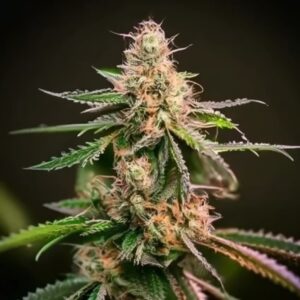


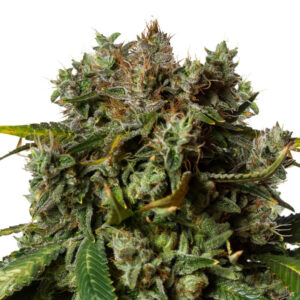

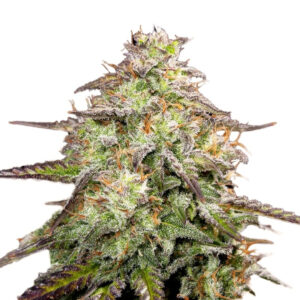







Related Posts
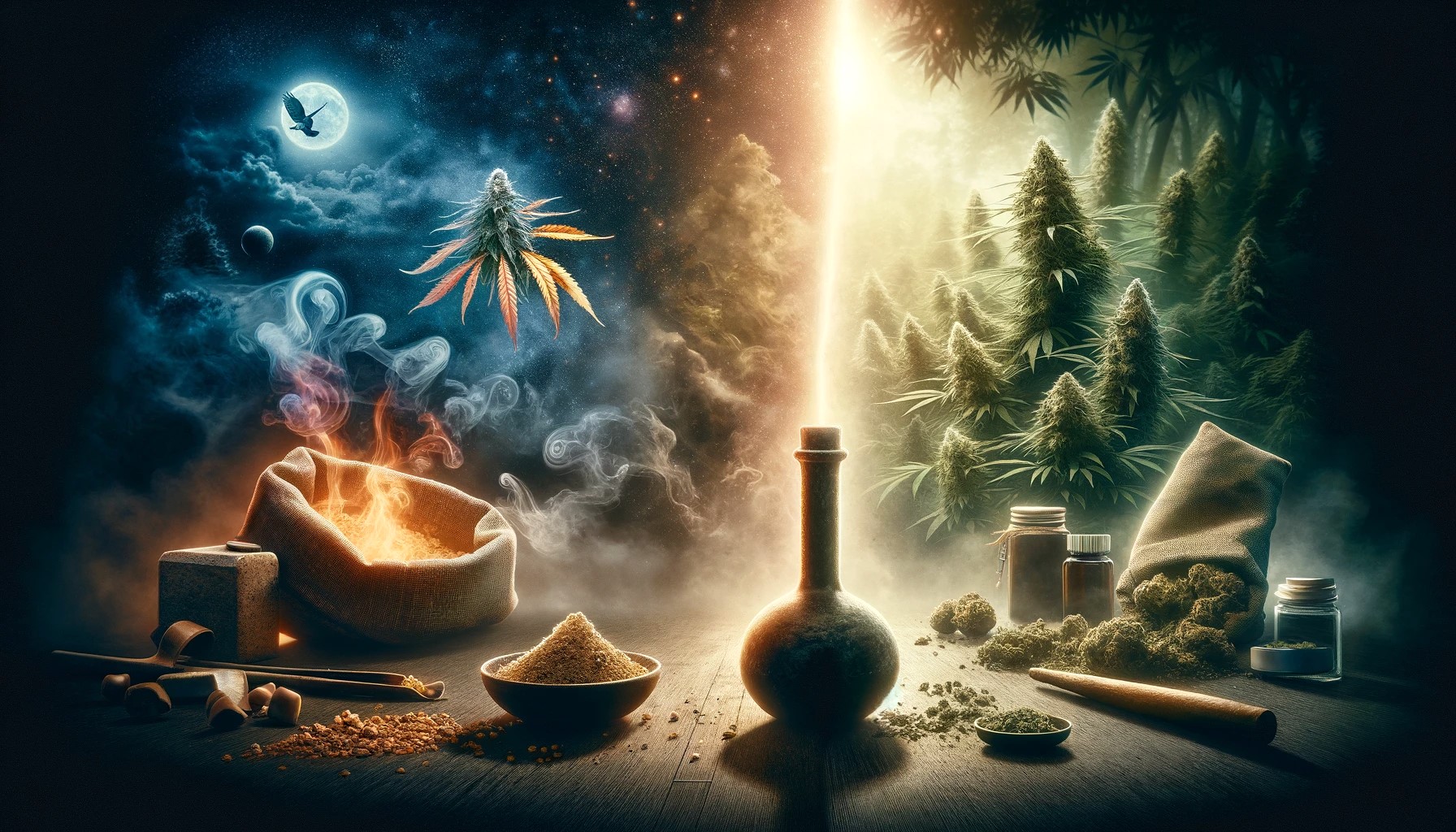
Delve into the hash and weed debate, comparing their production, effects, flavors, and legal status. Find out which cannabis form suits your preferences and why.
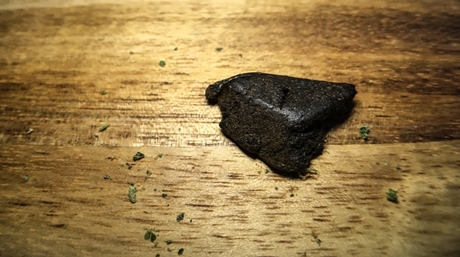
Of all the ways to use marijuana, concentrates are becoming increasingly popular. There is always something new to discover in the field of concentrates. Whether it is actually a new concentrate made with a new method. Or that the way of consumption has something new to offer.
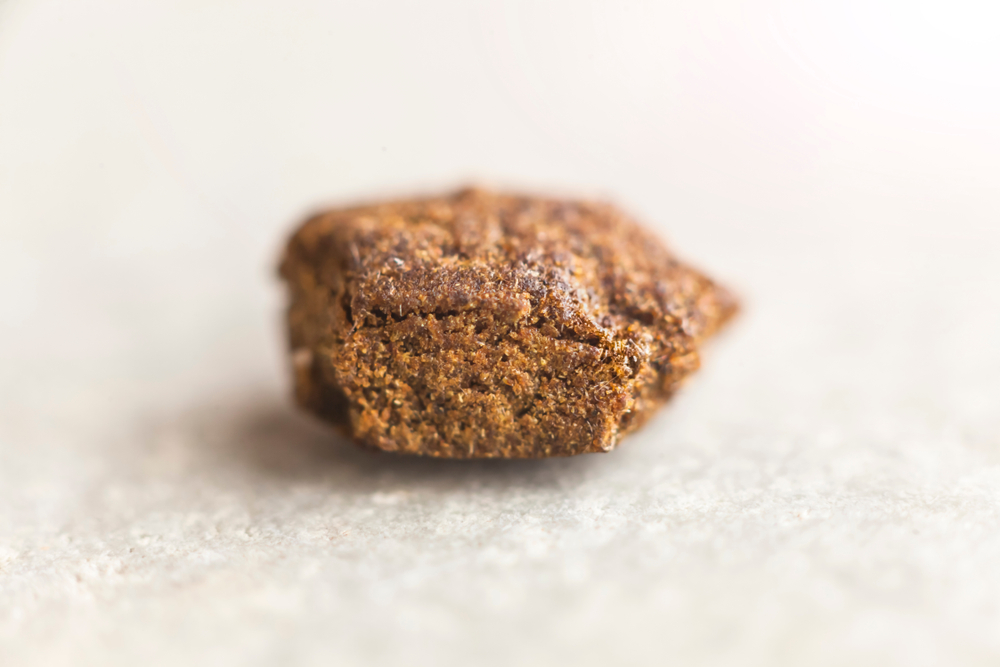
Hashish is a cannabis concentrate. It is wonderful stuff that you can crumble and put in a joint or smoke it in a bowl. You can buy it from a dealer, but did you know that you can also make it relatively easily yourself?